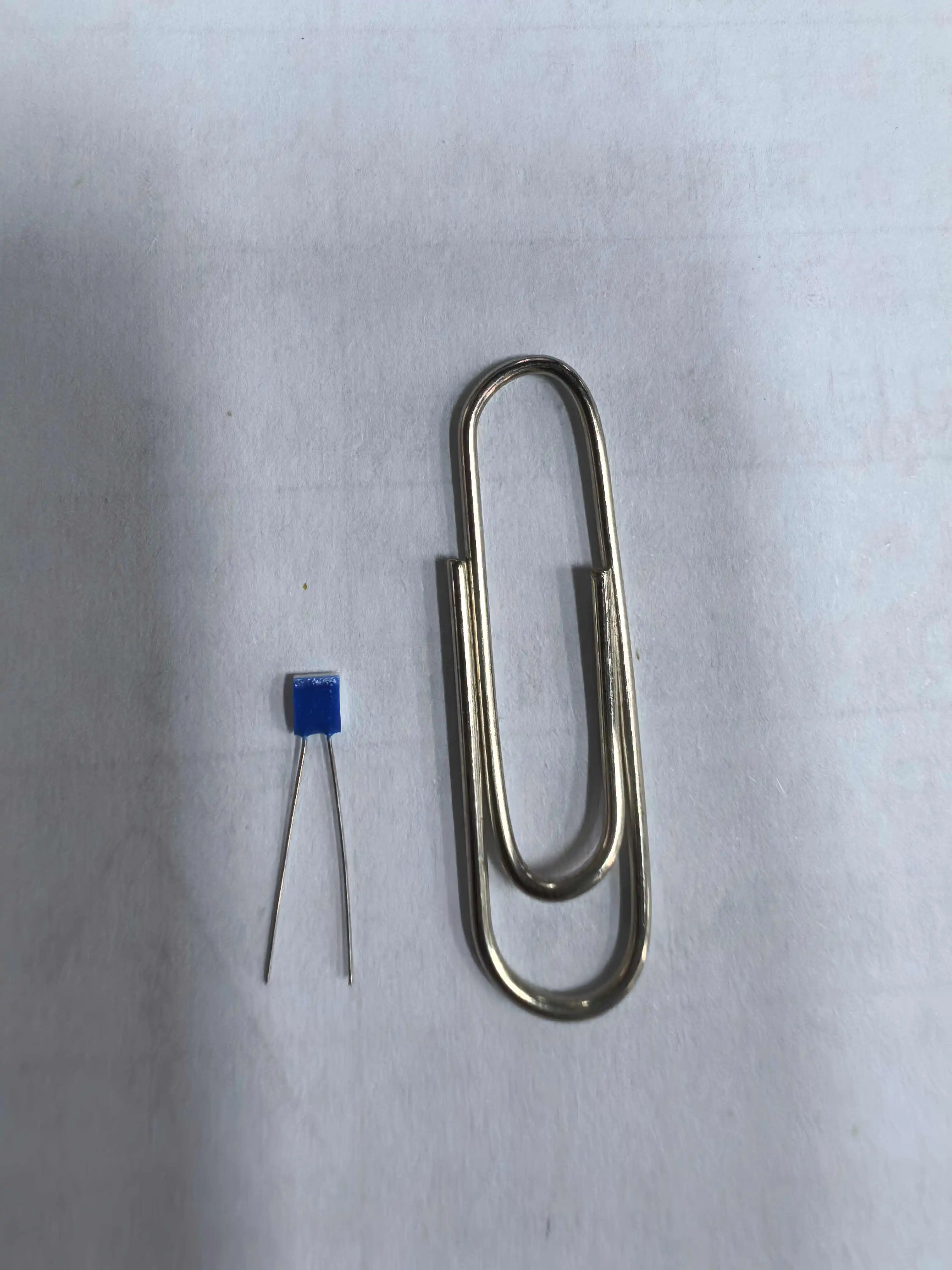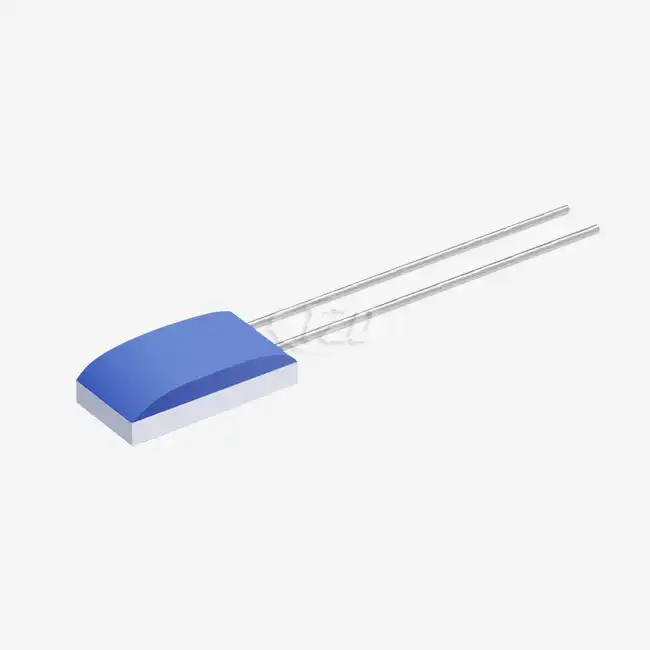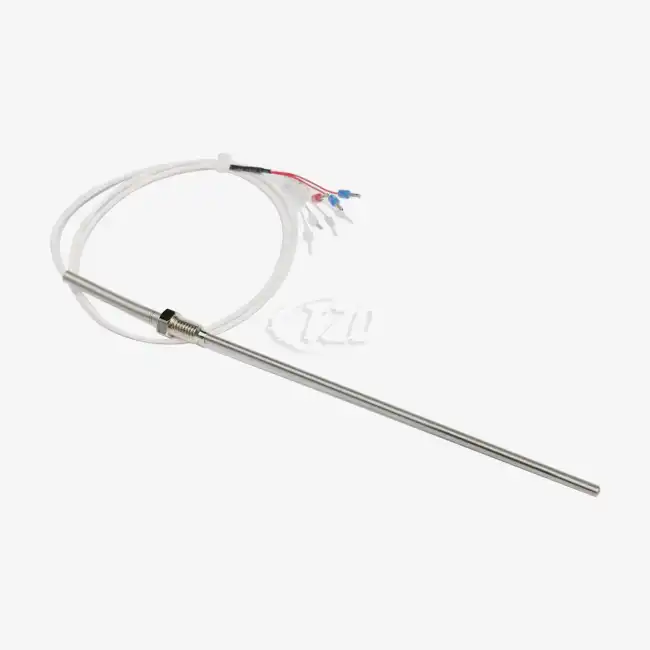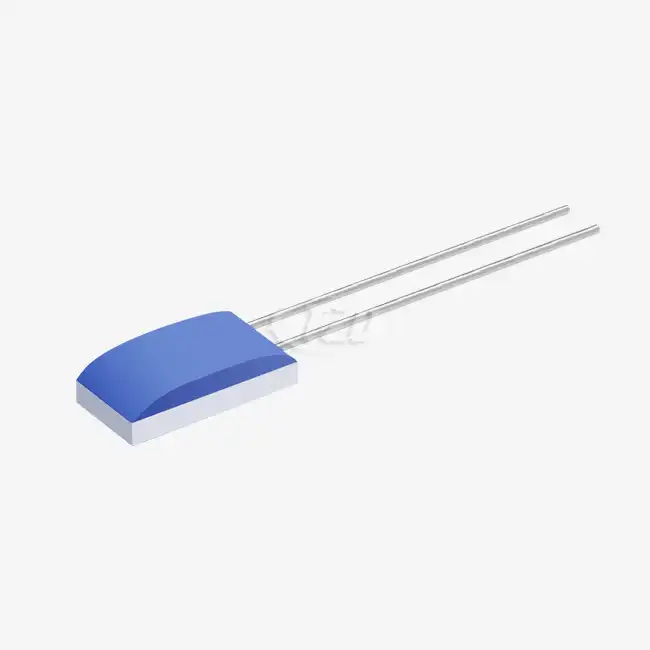Understanding Pt100 Temperature Sensor Configurations
2-Wire Configuration: Simplicity and Limitations
The 2-wire configuration is the most straightforward wiring method for Pt100 temperature sensors. In this setup, two wires connect the sensor to the measuring instrument. While simple, this configuration has limitations. The resistance of the lead wires adds to the resistance of the Pt100 element, introducing measurement errors. This effect is particularly pronounced in applications with long cable runs or in environments with significant temperature fluctuations.
Despite its limitations, the 2-wire configuration remains useful in certain scenarios. It's suitable for short-distance applications where high precision isn't critical. For instance, in some industrial processes where a temperature accuracy of ±2°C is acceptable, a 2-wire Pt100 sensor might suffice. However, for applications requiring greater accuracy, alternative wiring methods are preferred.
3-Wire Configuration: Balancing Accuracy and Complexity
The 3-wire configuration represents a significant improvement over the 2-wire setup. This method uses an additional wire to compensate for lead resistance errors. The third wire connects to one side of the Pt100 element, allowing the measuring instrument to perform a differential measurement that cancels out most of the lead resistance effects.
Three-wire Pt100 sensors are widely used in industrial applications due to their improved accuracy and relatively simple implementation. They're particularly effective in scenarios with moderate cable lengths and where temperature changes along the cable are minimal. For instance, in HVAC systems or food processing equipment, 3-wire Pt100 sensors provide a good balance between accuracy and installation complexity.
4-Wire Configuration: Maximum Precision for Critical Applications
The 4-wire configuration offers the highest level of accuracy for Pt100 temperature measurements. This method uses two pairs of wires: one pair for supplying the excitation current and another for measuring the voltage across the Pt100 element. By separating the current and voltage paths, the 4-wire setup effectively eliminates lead resistance errors.
Four-wire Pt100 sensors are the go-to choice for applications demanding utmost precision. They're commonly employed in scientific research, pharmaceutical manufacturing, and calibration laboratories. For example, in semiconductor fabrication, where temperature control is critical, 4-wire Pt100 sensors ensure the highest level of accuracy, often achieving measurements within ±0.1°C or better.
Best Practices for Pt100 Temperature Sensor Installation
Proper Cable Selection and Shielding
Selecting the appropriate cable for your Pt100 temperature sensor is crucial for reliable measurements. Use cables specifically designed for temperature sensors, with conductors of equal length and cross-sectional area. This ensures balanced resistance in all leads, which is particularly important for 3-wire and 4-wire configurations.
Shielding is another critical aspect of cable selection. In environments with electromagnetic interference (EMI), shielded cables help prevent noise from affecting the sensor signal. Ground the shield at one end only, typically at the instrument end, to avoid ground loops. For extreme EMI environments, consider using twisted pair cables with individual shields for each pair.
Minimizing Thermal EMF Effects
Thermal EMF (electromotive force) can introduce errors in Pt100 temperature measurements. This effect occurs when different metals in the sensor circuit are at different temperatures, generating small voltages. To minimize thermal EMF:
- Use copper conductors throughout the circuit, including terminal blocks and connectors.
- Avoid creating temperature gradients along the sensor leads.
- If possible, use AC excitation for the Pt100 sensor to cancel out DC thermal EMF effects.
Proper Grounding and Isolation
Grounding and isolation are essential for accurate Pt100 temperature measurements, especially in industrial environments. Ensure that the Pt100 sensor is properly isolated from ground and from the process being measured. In cases where the sensor must be grounded (e.g., when measuring conductive liquids), use an isolated transmitter or instrument to prevent ground loops.
For multi-point measurement systems, consider using isolated inputs for each Pt100 sensor. This prevents cross-talk between channels and eliminates errors due to ground potential differences. Many modern temperature transmitters and data acquisition systems offer built-in channel-to-channel isolation, simplifying system design.
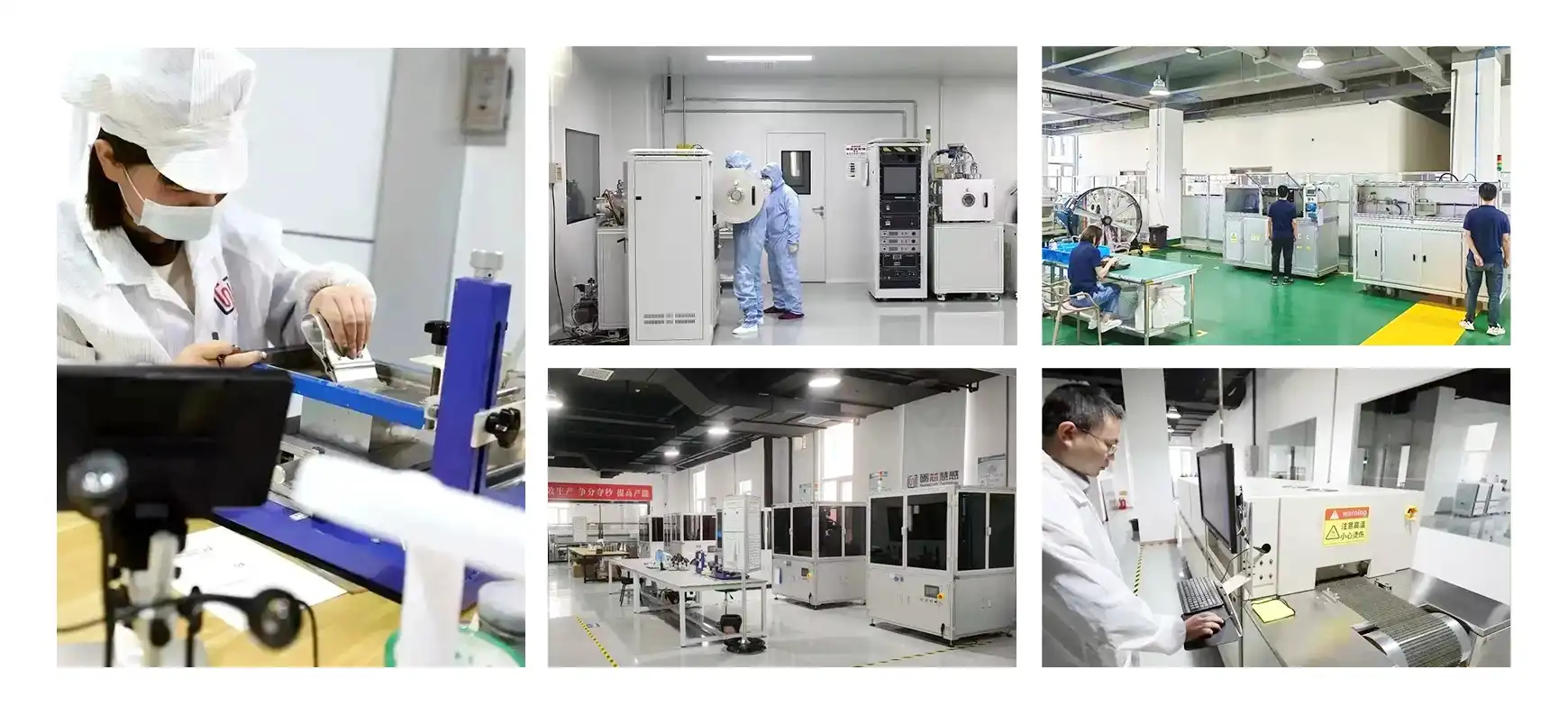
Troubleshooting Common Pt100 Wiring Issues
Identifying and Resolving Connection Problems
Connection issues are among the most common problems in Pt100 temperature sensor installations. Loose connections, corroded terminals, or damaged cables can lead to erratic readings or complete sensor failure. To troubleshoot:
- Inspect all connections visually for signs of corrosion or loose wires.
- Use a multimeter to check continuity across the sensor and along each wire.
- Verify that the resistance of the Pt100 element matches the expected value for the measured temperature (approximately 100Ω at 0°C, increasing by 0.385Ω per °C).
Addressing Noise and Interference
Electrical noise and interference can significantly impact Pt100 temperature measurements. Common sources include nearby power lines, motor drives, or radio frequency equipment. To mitigate these issues:
- Use shielded cables and proper grounding techniques.
- Physically separate Pt100 sensor cables from power cables and other potential sources of interference.
- Implement digital filtering in the measuring instrument or use analog low-pass filters to reduce high-frequency noise.
- Consider using a 4-20mA transmitter near the sensor to convert the Pt100 signal to a more noise-resistant form for long-distance transmission.
Calibration and Verification Procedures
Regular calibration and verification are essential for maintaining the accuracy of Pt100 temperature measurements. Develop a calibration schedule based on your application's requirements and any relevant industry standards. Calibration typically involves:
- Comparing the Pt100 sensor readings to a calibrated reference thermometer at multiple temperature points.
- Adjusting the measuring instrument or updating calibration coefficients as necessary.
- Documenting the calibration results for traceability.

Conclusion
Mastering the art of wiring Pt100 temperature sensors is crucial for achieving accurate and reliable temperature measurements across various industries. By understanding the different wiring configurations, implementing best practices for installation, and effectively troubleshooting common issues, you can maximize the performance of your temperature measurement systems. Remember that the choice between 2-wire, 3-wire, and 4-wire configurations depends on your specific application requirements, balancing factors such as accuracy, cable length, and environmental conditions.
As technology continues to evolve, new innovations in Pt100 sensor design and signal processing are emerging. These advancements promise even greater accuracy and reliability in temperature measurement. To stay informed about the latest developments in Pt100 temperature sensor technology and to explore customized solutions for your specific needs, don't hesitate to reach out to our team of experts at sales11@xatzd.com. We're committed to helping you achieve optimal temperature measurement performance in your applications.
